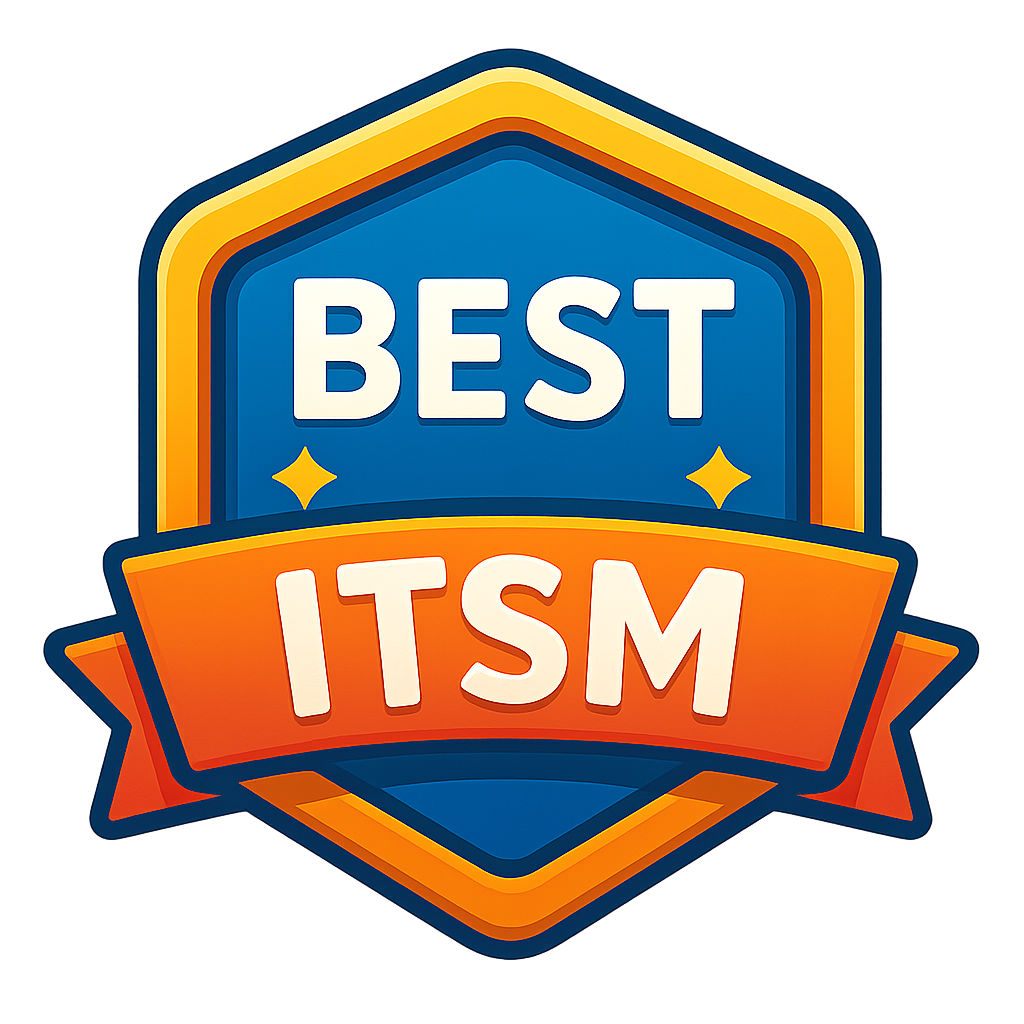Gamification Features
What are Gamification Features? Gamification features involve the integration of game-like elements into business processes and software applications to enhance engagement, motivation, and performance. By leveraging rewards, challenges, and leaderboards, gamification makes tasks more enjoyable and productive, encouraging users to participate actively and achieve their goals. This innovative approach is widely used in various industries, including education, healthcare, corporate training, marketing, and customer service.
At its core, gamification is about applying game design principles to non-game contexts. This involves incorporating elements such as points, badges, levels, challenges, and leaderboards into activities that are typically not associated with games. The goal is to tap into the inherent human desire for achievement, competition, and recognition, thereby motivating users to engage with the content and perform better.
One of the primary benefits of gamification features is enhanced engagement. By introducing game-like elements, organizations can make mundane or repetitive tasks more interesting and enjoyable. For example, in a corporate training program, employees might earn points for completing modules, receive badges for mastering skills, and see their progress on a leaderboard. This gamified approach encourages continuous learning and keeps employees motivated to improve their skills.
Motivation is another significant advantage of gamification. Traditional methods of motivation, such as monetary incentives or verbal praise, may not always be effective in sustaining long-term engagement. Gamification, on the other hand, leverages intrinsic motivation by making tasks fun and rewarding. For instance, a fitness app might challenge users to complete daily exercise goals and reward them with virtual trophies. These small, incremental rewards provide a sense of accomplishment and encourage users to stay committed to their fitness journey.
Gamification also enhances performance by fostering a competitive spirit and encouraging users to strive for excellence. Leaderboards, in particular, create a sense of competition among users, motivating them to outperform their peers. In sales teams, for example, gamified performance dashboards can display real-time rankings based on sales achievements, inspiring sales representatives to reach or exceed their targets. This healthy competition drives productivity and helps organizations achieve their business objectives.
From a technical perspective, implementing gamification features involves designing game mechanics that align with the desired outcomes. This starts with identifying the key behaviors and actions that need to be incentivized. Organizations must define the rules of the game, including how points are earned, how levels are achieved, and what rewards are offered. It's essential to ensure that the gamification mechanics are fair, transparent, and achievable, as overly complex or unrealistic goals can demotivate users.
User experience is a critical factor in the success of gamification. The design of gamified elements should be intuitive and visually appealing, providing users with clear feedback on their progress and achievements. For example, progress bars, achievement badges, and pop-up notifications can effectively communicate milestones and rewards. Additionally, providing users with options to customize their avatars or profiles can enhance their sense of ownership and personal connection to the gamified experience.
Gamification also requires robust tracking and analytics capabilities. Organizations need to monitor user interactions, track progress, and analyze the effectiveness of gamification features. This involves collecting data on user behavior, engagement levels, and performance metrics. Advanced analytics tools can provide insights into what works and what doesn't, allowing organizations to refine their gamification strategies and optimize user engagement.
In conclusion, gamification features are powerful tools that enhance engagement, motivation, and performance in business processes and software applications. By incorporating game-like elements such as rewards, challenges, and leaderboards, organizations can make tasks more enjoyable and productive, encouraging users to participate actively and achieve their goals. Implementing gamification requires careful design of game mechanics, attention to user experience, and robust tracking and analytics. As organizations continue to explore innovative ways to motivate and engage their users, gamification remains a valuable and effective approach for driving success and achieving business objectives.
